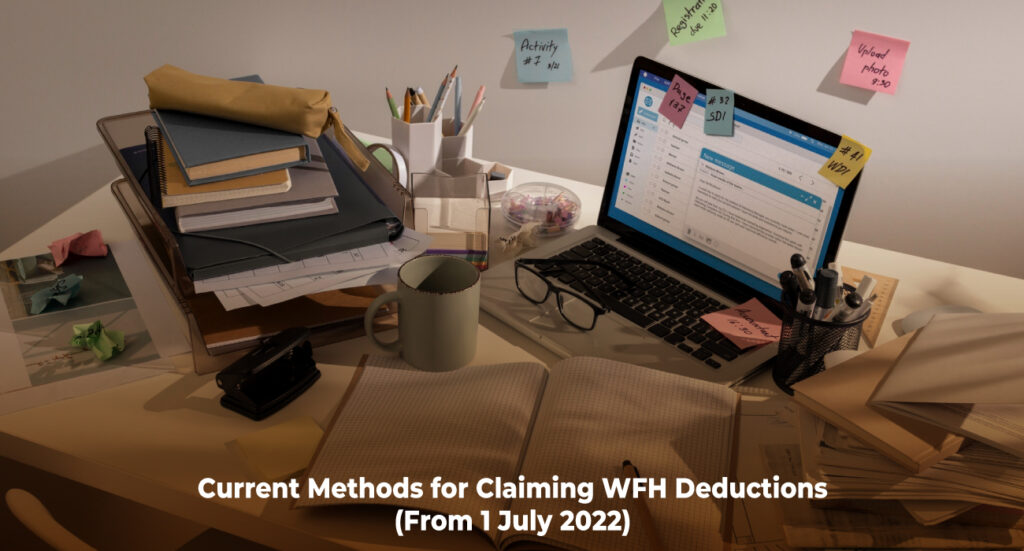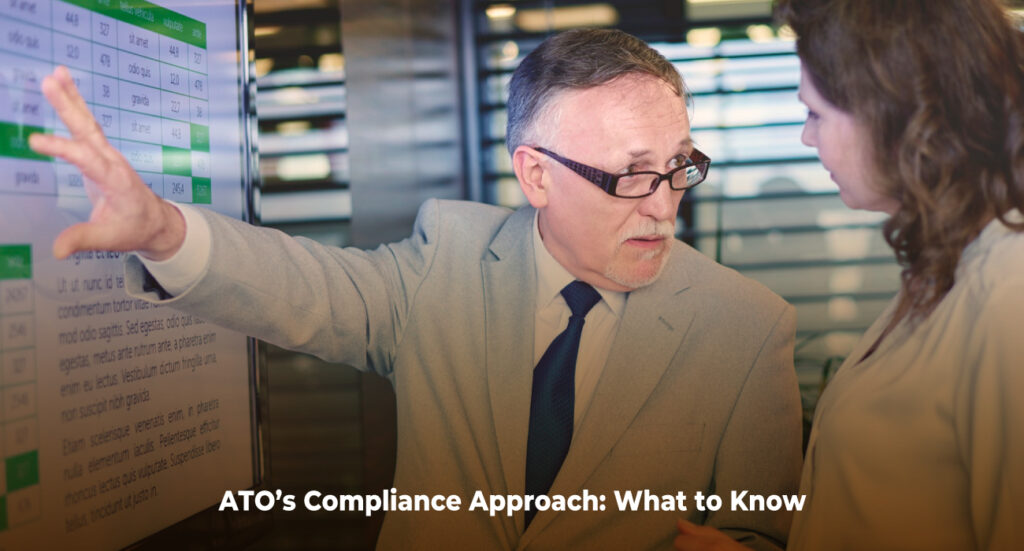Work from Home Deductions: What You Can Claim in 2025 and How
As the 2025 financial year draws to a close in just a couple of months, it’s the perfect time to revisit one of the most common tax deductions for employees: work-from-home (WFH) expenses.
With flexible work arrangements now a permanent fixture in many Australians’ lives, understanding how to correctly claim WFH deductions has never been more important. Since the ATO updated its guidance from 1 July 2022, the rules around what you can and can’t claim have changed significantly.
In this article, we explain everything you need to know — including the two ways to claim work-from-home deductions, what records you need to keep, and the common mistakes to avoid. We’ve also included easy-to-follow tax tips and helpful advice to make your tax planning easier and more effective this year.

A Look Back: How WFH Deductions Evolved During the Pandemic
When COVID-19 swept across the globe in 2020, working from home suddenly became the norm for millions of Australians. To accommodate this shift, the ATO introduced the shortcut method — a simple way for taxpayers to claim WFH deductions without complex record-keeping. This temporary measure allowed a flat 80 cents per hour to be claimed from 1 March 2020 to 30 June 2022, covering all relevant home office expenses.
Before and during this period, taxpayers also had the option of using:
- The fixed rate method (52 cents per hour) — available from 1 July 1998 to 30 June 2022, and
- The actual cost method — calculating the real out-of-pocket expenses incurred from working at home.
Now that the shortcut method has ended, the ATO has introduced new guidance and a refreshed fixed rate system, better suited to the post-pandemic hybrid work era.

Current Methods for Claiming WFH Deductions (From 1 July 2022)
With the end of the temporary shortcut method on 30 June 2022 — which was introduced to support Australians working from home during the height of the COVID-19 pandemic — taxpayers are now left with two options to claim their work-from-home expenses. Below, we explore both approaches to help you decide which is best for your situation.:
1. Fixed Rate Method (Updated by PCG 2023/1)
Under this method:
- The fixed rate is 67 cents per hour for 2022–23 and 2023–24 income years.
- From 1 July 2024, this increases to 70 cents per hour.
This rate covers:
- Electricity and gas
- Internet and phone usage
- Stationery and computer consumables
However, you cannot claim these expenses separately if you use the fixed rate method.
Eligibility Criteria:
- You must be genuinely working from home and performing income-producing tasks (simply checking emails occasionally won’t cut it).
- You don’t need a separate home office.
- You must have incurred at least one of the eligible additional running expenses.
- You must maintain:
- A record of actual hours worked from home (e.g., timesheets, rosters, diary)
- Receipts or invoices for each additional expense
What Else Can Be Claimed Separately?
You can still claim separate deductions for:
- Depreciation of office equipment and furniture used for work
- Repairs and maintenance of work-related items
If an asset costs:
- $300 or less – you may be able to claim it as an immediate deduction.
- More than $300 – you must claim the decline in value over time, apportioned for work use.

2. Actual Cost Method
This method requires you to calculate the actual additional expenses incurred from working at home. It’s more complex but can yield a higher deduction if you have significant WFH costs.
Expenses You Can Claim:
- Depreciation of office equipment and furniture
- Electricity and gas (heating, cooling, lighting)
- Phone and internet costs
- Stationery and consumables
- Cleaning costs (if you have a dedicated office)
Important Notes:
- All expenses must be proportionately split between work and personal use.
- You need detailed records for:
- Cost of each asset or service
- How much and how often it was used for work
- Receipts, bills, and usage logs
What You Cannot Claim
Regardless of which method you choose, certain items are never deductible:
- Coffee, tea, milk and other general household items
- Equipment or subscriptions for children’s education
- Employer-provided items (e.g., laptops, phones)
- Reimbursed expenses

ATO’s Compliance Approach: What to Know
The fixed rate is not legislated — it’s an administrative concession. The ATO has clearly stated it won’t review fixed rate claims if:
- You meet the eligibility criteria
- You’ve kept appropriate records – including:
- A record of total hours worked from home (via diary, roster, timesheet, etc.)
- Evidence that you paid for the expenses included in the rate (like electricity or internet bills).
- You haven’t inflated hours or double-claimed expenses
The ATO effectively provides a compliance “safe harbour” for taxpayers who use the fixed rate method correctly. As part of your tax planning for the 2025 financial year, it’s important to remember that overstating your claim could lead to the entire deduction being denied. Following the rules and maintaining accurate records is one of the simplest tax tips to help you avoid unnecessary scrutiny.
Note: If you’re reviewed or choose to dispute an assessment, the ATO won’t accept the fixed rate method. In these cases, you’ll need to rely on the actual cost method — which requires comprehensive documentation of all expenses, including invoices, receipts, and usage logs.

Closing Tips: Set Yourself Up for Success
Tax time stress can be avoided by setting good habits throughout the year. Here are a few best practices:
- Track actual hours worked from home — no estimates!
- Keep receipts for every deductible expense
- Know which method suits your situation best — simple admin (fixed rate) vs higher potential claim (actual cost)
- Don’t claim twice for the same item
Whether you’re an employee or a small business owner, choosing the right method and keeping solid records ensures you’ll get the deduction you deserve — and stay on the right side of the ATO.
Conclusion: Claim with Confidence
Navigating the rules around work-from-home (WFH) deductions doesn’t need to be overwhelming — but it does require accuracy, good records, and an understanding of what’s allowed. Whether you choose the fixed rate or actual cost method, staying compliant with ATO requirements will ensure you get the most from your claim without raising red flags.
At Investax, we help clients take the guesswork out of tax planning. If you’re unsure which WFH deduction method best suits your situation, or if you’d like tailored tax tips before the 2025 financial year ends, our expert team is ready to assist.





